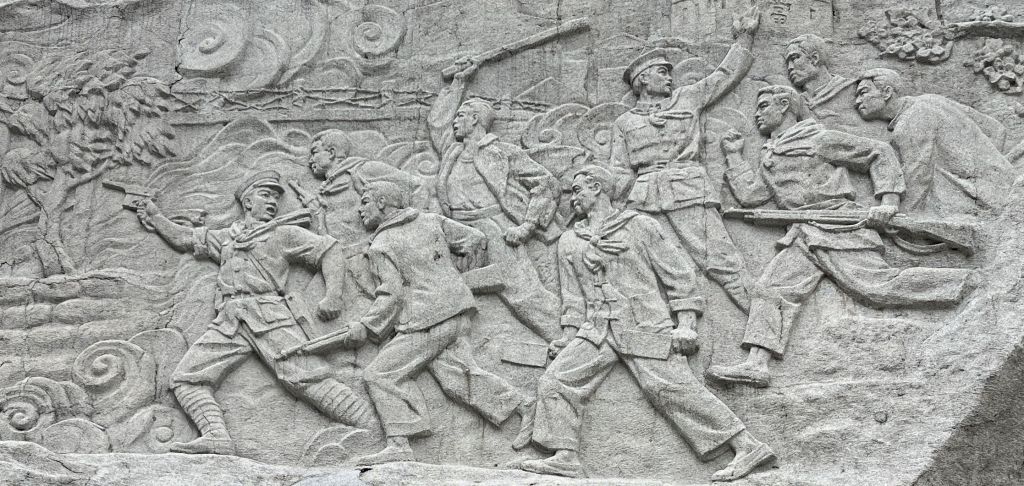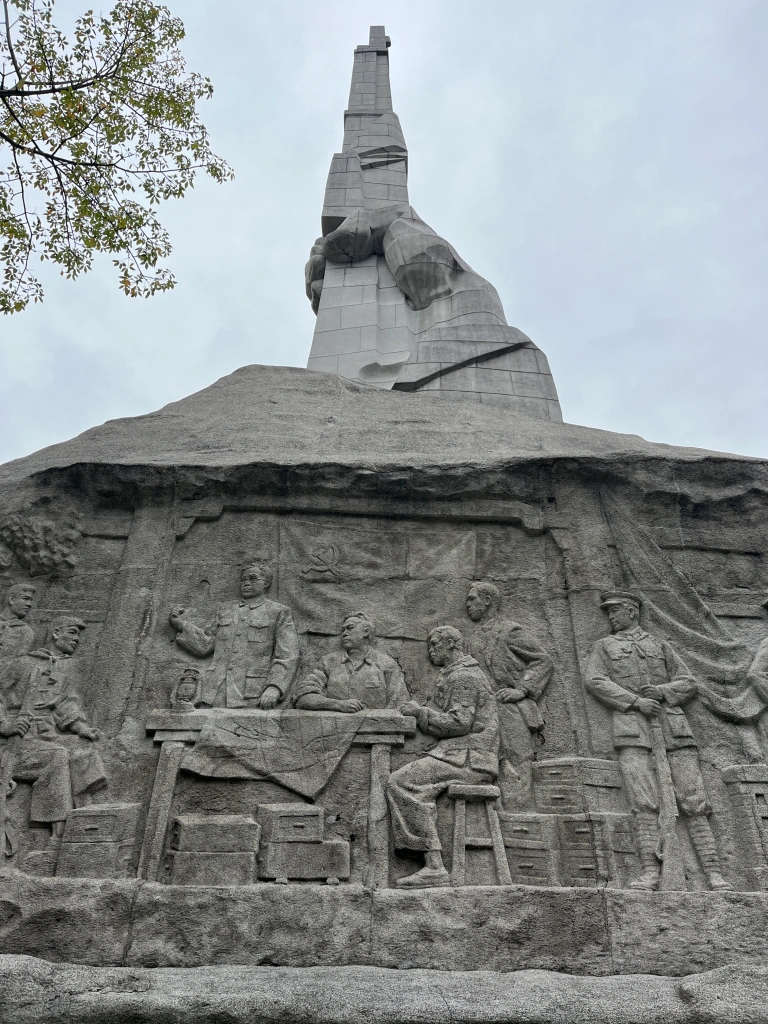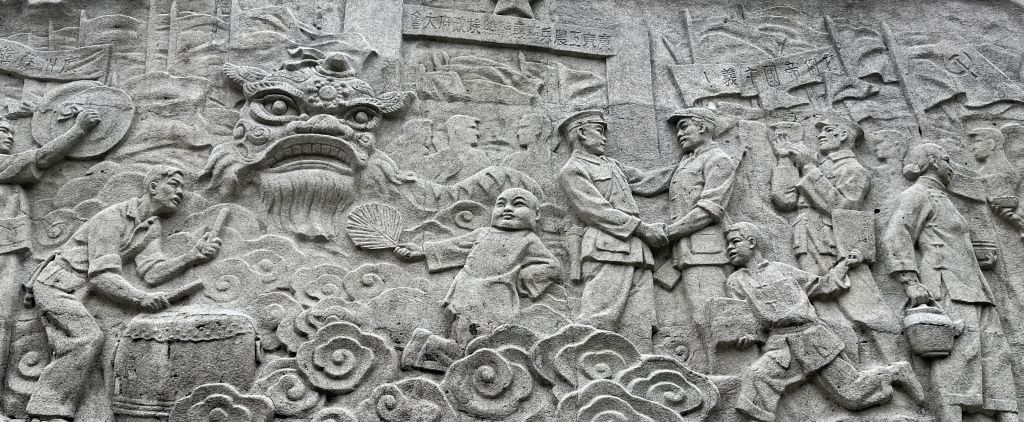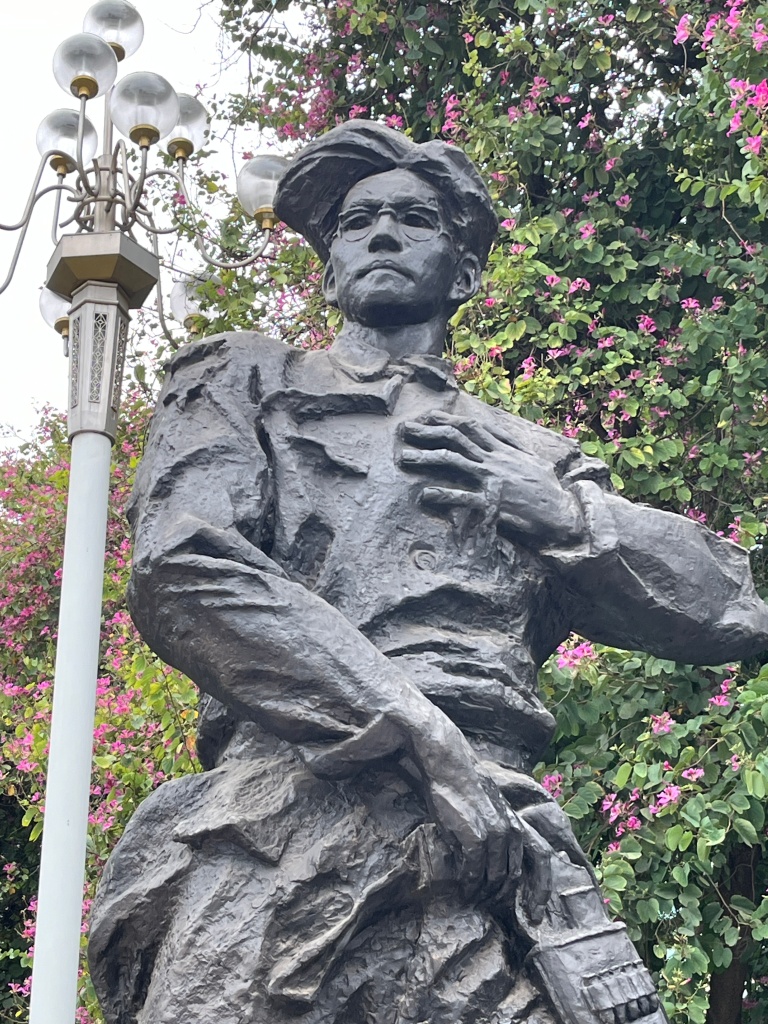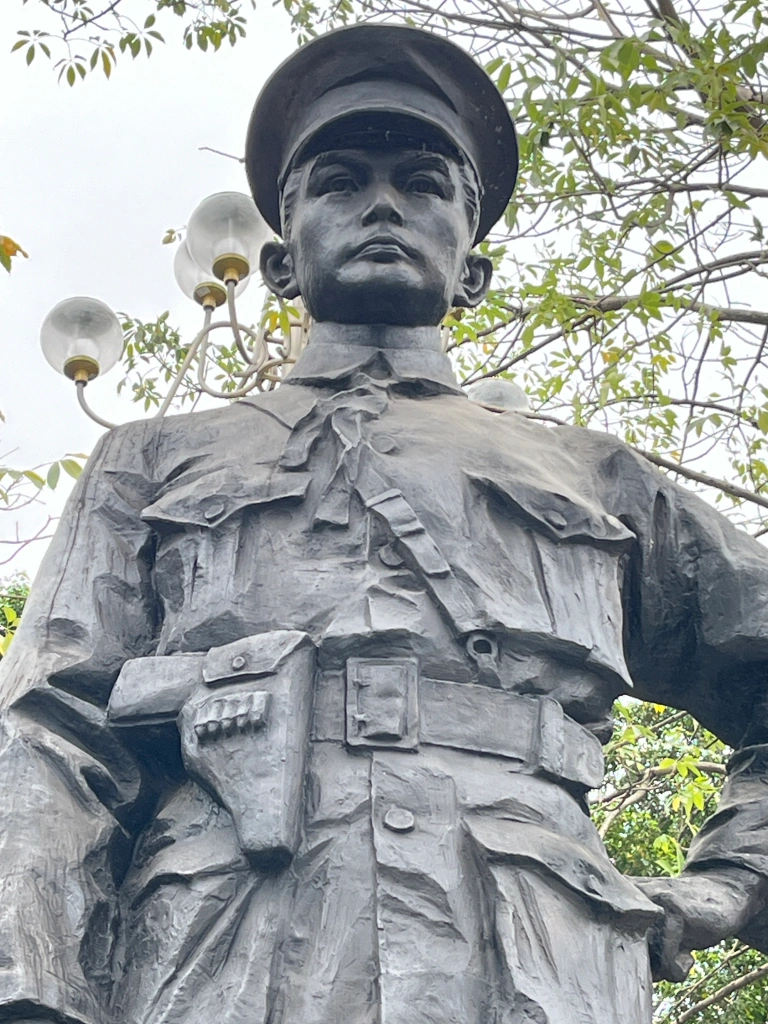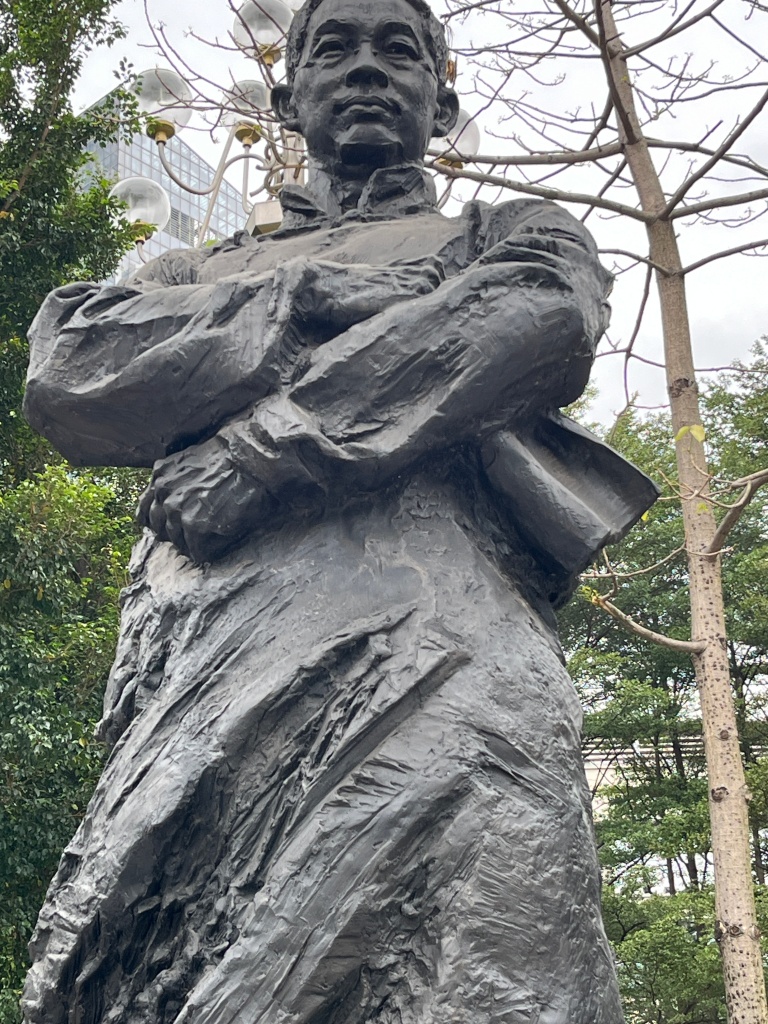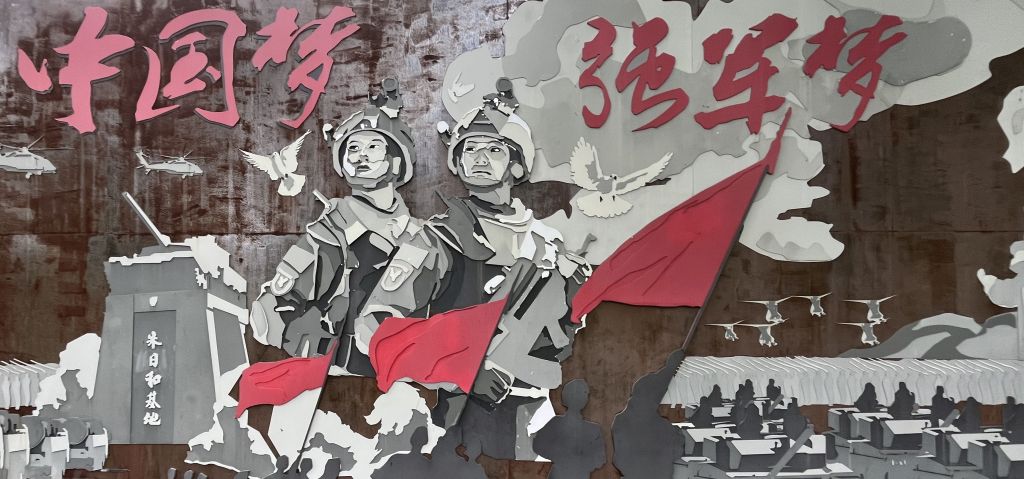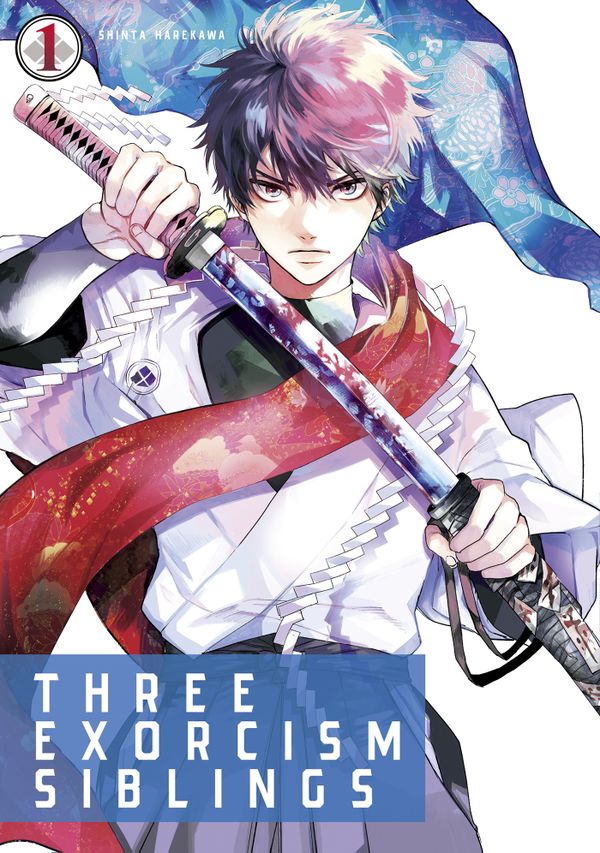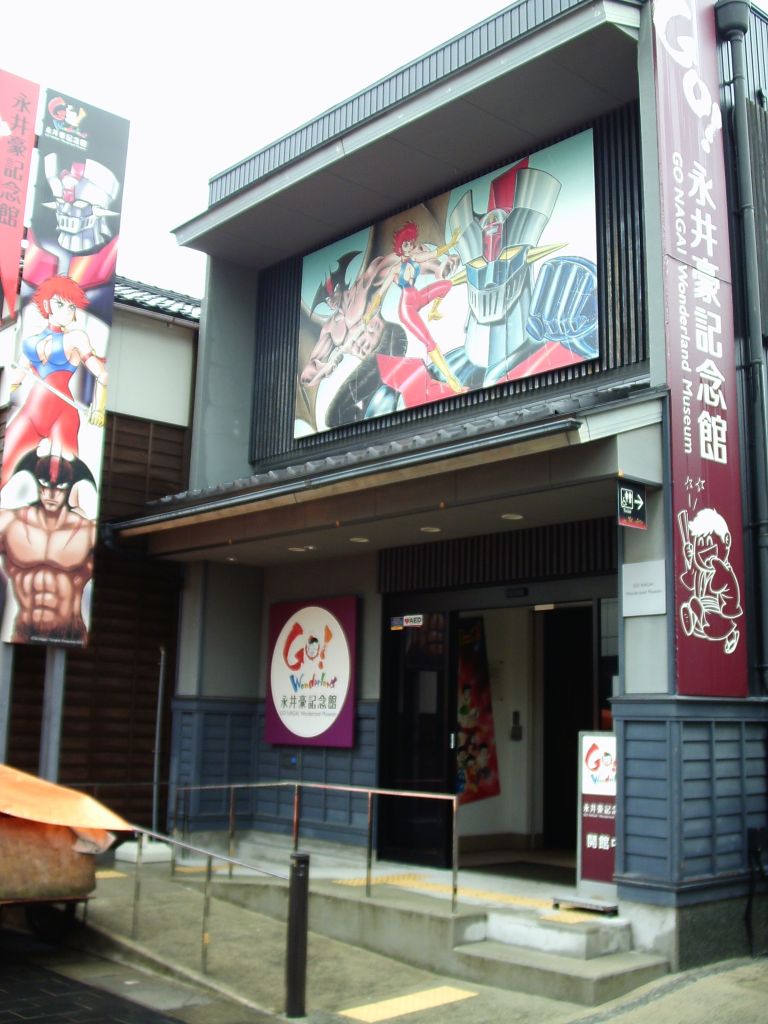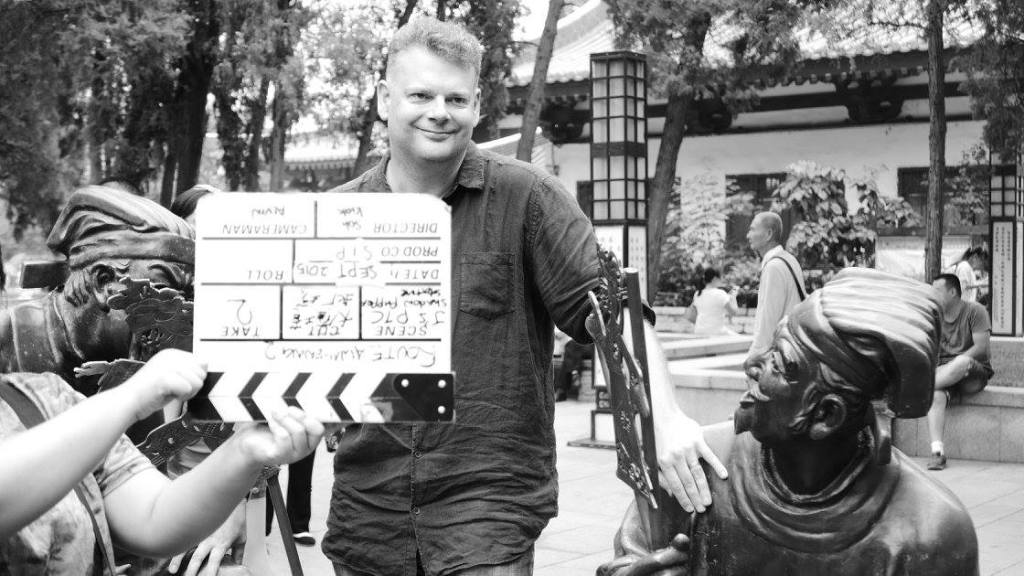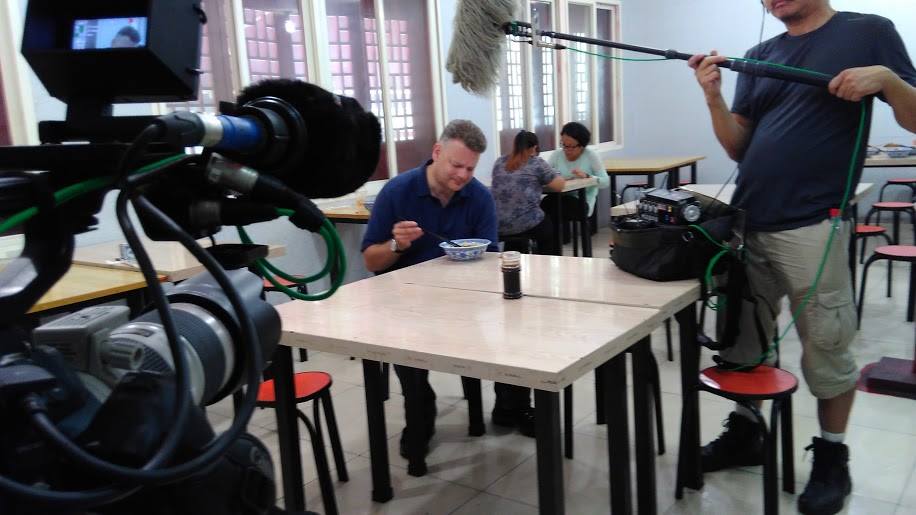
Hello, Bonsoir, and Rim Tim Tagi Dim. Well, I’ve sold my cow in preparation for Eurovisiontide — greetings to our many readers from Vancouver to Helsinki, ready for another round of the greatest event on the planet. This year it’s being held in Malmerrr, where the host country is sure to crow relentlessly about Abba’s 1974 win with “Waterloo”. Abba themselves, however, are trying to enjoy a graceful retirement, so there will be points every time someone mentions them, or some fragment of the group reluctantly shambles onscreen. Shout ABBA! once for each visible member, every time they show up, and FAKE ABBA every time someone dresses up as them.
We’ve already lost Australia, who finally showed up with their own didgeridoo, as well as Belgium’s doom-laden “Before the Party’s Over.” Belgium, man. Belgium. The bookies favour Switzerland with its transgender message and peach miniskirt, but there’s every indication that there is huge popular support for my own favourite, Croatia’s Baby Lasagna with “Rim Tim Tagi Dim”, a catchy song with a dance that even an idiot could do, about the experience of leaving home and going to the big city.
Audience reaction at the semis would suggest that it’s between Croatia and Netherlands [Time Travel Footnote: since disqualified] with their trying-too-hard “Europapa”, with a lot of love for Spain. But there is everything to play for in the voting rounds, as well as the usual prospect of pity points for Ukraine. There’s also liable to be a tussle over Israel, with literally everybody voting purely on politics, so they might as well have sent three minutes of white noise for all the difference it will make to their score.

Step One: you will probably need to be quite drunk. Step Two: The following sights and sounds will occur during this Saturday’s Eurovision Song Contest. Can you spot them first? Remember to shout it out. As ever, there is more than one key change, and plenty of orbital cleavage. Keep your eyes (or ears) open for any of the following. And when you notice it, SHOUT IT OUT! Points can be scored all through the contest, on and off stage, including during the voting and in the greenroom.
In no particular order, in Saturday’s final you should be ready for:
- KEY CHANGE!
- COSTUME CHANGE!
- “Let us prance”
“I sold my cow”
Big white box over her head - Towering blue entryway
- “LET’S COME TOGETHER!”
- “CROWN THE WITCH!”
- People who’ve brought their own rock to sit on
- People who’ve brought their own hill to climb
Onstage washboard (blink and you’ll miss it)
Nose furniture
“OUT THE WAY!” every time something coincidentally obscures Windows 95 Man’s genitals.
Dancing on the Ceiling - Irish girl in a pentagram
- SPLITS!
- Face smeared across a crucifix
- Actual onstage bin fire
- Topless Spaniards in actual basques
Pointy shoulder pads- Pauldron (a single piece of shoulder armour. Impress your friends by knowing that)
- Singer through the keyhole
- Busby Berkley overhead dance with Giant Hands
- Lookalikey Andrew Tate rapping for Estonia
- Lookalikey Alexei Sayle rapping for Estonia
- Swiss upskirt
- Actually Giant Hands! Several times.
Giant Bluebird on keyboards- IT’S ABBA!
FAKE ABBA!
Very Big Braids
Giant Leopards
Shoulder dancing - STEADY ON! Every time Olly Alexander’s dancers appear to be actually bumming each other.
- Pointing
Hands make a heart
FLAME ON! (every time there’s pyrotechnics)
WINKING
COSTUME CHANGE
Bimbling*
ORBITAL CLEAVAGE**
Buddha Jazz Hands***
Someone says “Jaja Dingdong!” — An oldie but a goodie, liable to crop up during the voting.
Greece awards 12 points to Cyprus / Former Yugoslavian Republic awards 12 points to Former Yugoslavian Republic.
(*swaying one’s head from side to side in a snakey fashion)
(**ostentatious cleavage sufficient to see from a satellite in orbit, which, according to Eurovision bra consultant Tom Clancy, requires a minimum of C-cup)
(***the dancers all pile behind the singer in a line and then fling their arms out, creating a multi-limbed oriental deity-look)

We would have included a Sound of SIlence category but apparently the organisers have cued up canned applause ready to play over Israel’s big finish in case nobody makes any noise at all. They are, however, likely to have the opposite problem, as Thursday’s semifinal was compromised not only by a protest on the Bridge that links Denmark to Sweden, thereby delaying many of the audience, but also boos and heckles as Israel’s entrant took to the stage. Eurovision is no stranger to Palestinian protests (and indeed, people trying to get Israel off the stage, or even pretending they aren’t competing) — long term fans may remember that Iceland was fined in 2019 for a mid-voting unfurling of a Palestine banner, and that the same contest saw Madonna rebuked for getting her dancers to sport Palestinian and Israeli flags. Sweden’s Eric Saade, who is of Palestinian ancestry, was reprimanded for wearing a keffiyeh during his semifinal performance this week.
Ireland’s Bambie Thug smuggled in “Ceasefire” and “Free Palestine” written on their face and legs in ancient Ogham script, but someone spotted this and made them take it off. So get ready to award bonus points for every Palestinian flag (they are banned in the arena but someone’s sure to smuggle one in), shout of “free Palestine” or conspicuous boo…. It would not surprise me if there is an attempted stage invasion. Finland’s jokey inclusion of a faked producer running on stage to argue with the singer about “rules” might get a real-life counterpart somewhere during Eden Golan’s performance.
Israel’s own entry was only allowed in after careful redacting of its original title, “October Rain” and lyrics alluding to last year’s Hamas attack. Eurovision is supposedly free of politics. But as well all know, it’s all about politics. And glitter. And orbitals. And an Armenian woman with a cock in her hands.

On another note, I am mildly suspicious that this year’s contest marks the first occasion when a number of entries are competing not with humans, but with AI that has been fed samples of previous hits. There’s a certain sameyness not only to some of the songs, but also some of the choreography and design choices that makes me thing we might be watching a contest not between the usual suspects, but between a handful of prompters on Chat GPT. See what you think. Host country Sweden’s “My Lovely Horse” (the entry designed to not-win with honour) features two yoofs dancing in a self-made tunnel, but it left me with the feeling that someone had typed a series of prompts based on Eric Saade’s “Popular” — pretty Nordic men / wiggly dance / unnecessary spatial restrictions / and a song title that wags will suggest is the exact opposite of the song’s effect = “Unforgettable.”
Spain’s drummer is welcome to drop by for a cup of tea.














